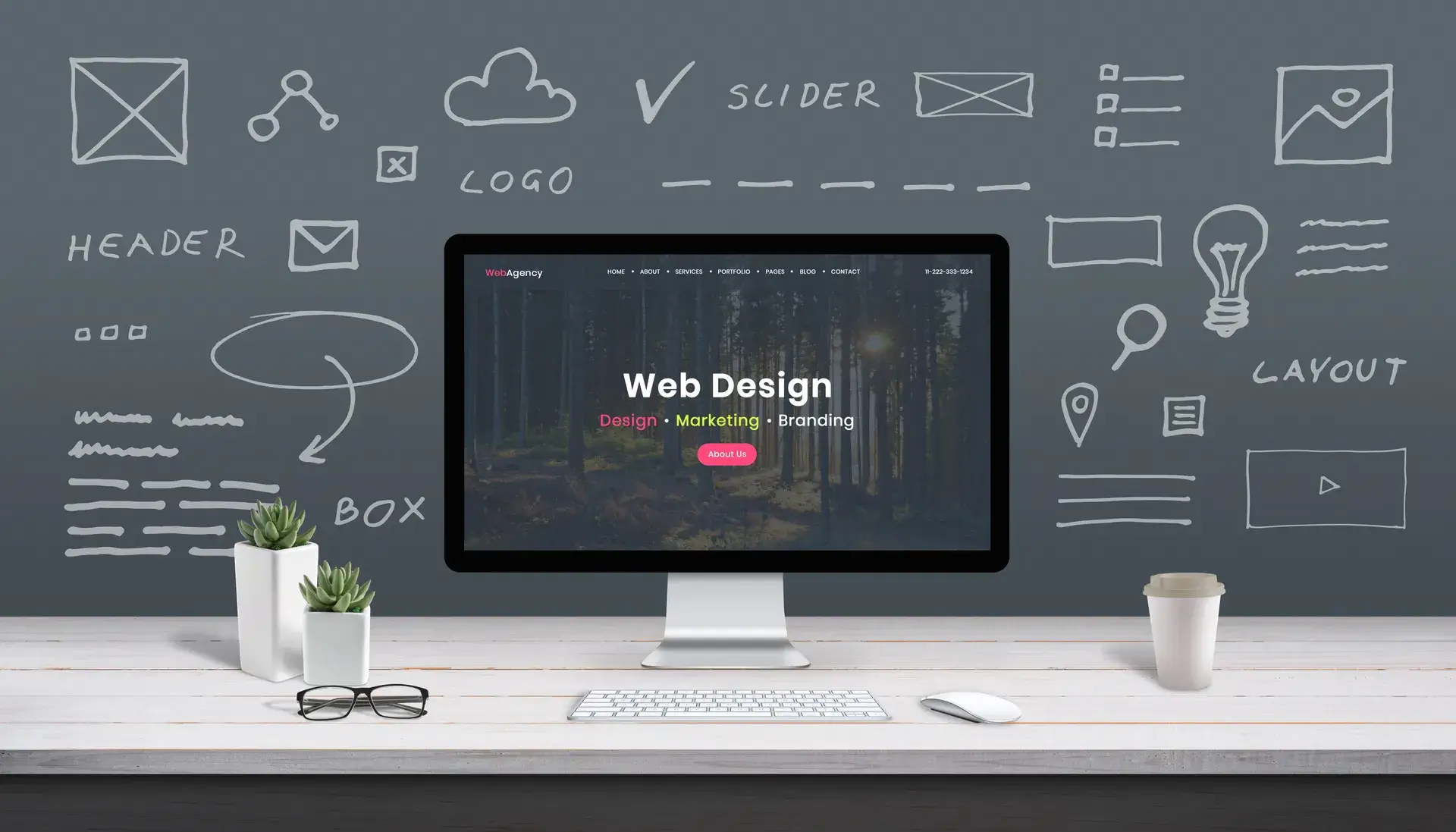Vertical website design is emerging as a popular trend that reshapes how users interact with websites. Unlike traditional horizontal layouts, vertical designs present content in a streamlined, vertically-oriented format that improves usability, especially on mobile devices. In this article, we will explore the benefits of vertical website design, best practices to follow, and examples of successful implementations.
What is Vertical Website Design?
Vertical website design refers to the practice of structuring web pages in a vertical layout rather than a traditional horizontal format. This type of design enhances flow and allows users to consume information in a more intuitive and engaging manner, particularly on mobile devices where screen space is limited.
Benefits of Vertical Website Design
- Improved User Experience: Vertical designs guide users through content naturally, reducing cognitive load and enhancing readability.
- Mobile Optimization: With the increasing use of smartphones, vertical layouts are better suited for mobile viewing, as they utilize the available screen space effectively.
- Enhanced Visual Appeal: A well-executed vertical design can create a modern and unique aesthetic that stands out in a crowded digital landscape.
Best Practices for Vertical Website Design
To get the most out of a vertical website design, consider these best practices:
- Keep It Scannable: Break content into digestible chunks with headings, bullet points, and images to facilitate easy scanning.
- Prioritize Key Information: Place the most important content at the top to capture users' attention immediately.
- Utilize a Grid System: Employ a consistent grid structure to maintain order and alignment throughout the page.
- Embrace Whitespace: Use whitespace effectively to prevent clutter and guide users’ focus to key elements.
Successful Examples of Vertical Website Design
Some websites have leveraged vertical designs effectively:
- Medium: This blogging platform uses vertical scrolling to present articles, allowing for a smooth reading experience.
- One Page Love: A gallery of one-page sites that often utilize vertical layouts to showcase creative and innovative designs.
Conclusion
Vertical website design is an innovative approach that aligns with contemporary browsing habits and mobile usage trends. By focusing on user experience, prioritizing key information, and following best practices, businesses can create engaging websites that capture attention and improve usability. At Prebo Digital, we specialize in web design that meets modern expectations. Ready to transform your website? Contact us today for expert guidance!














